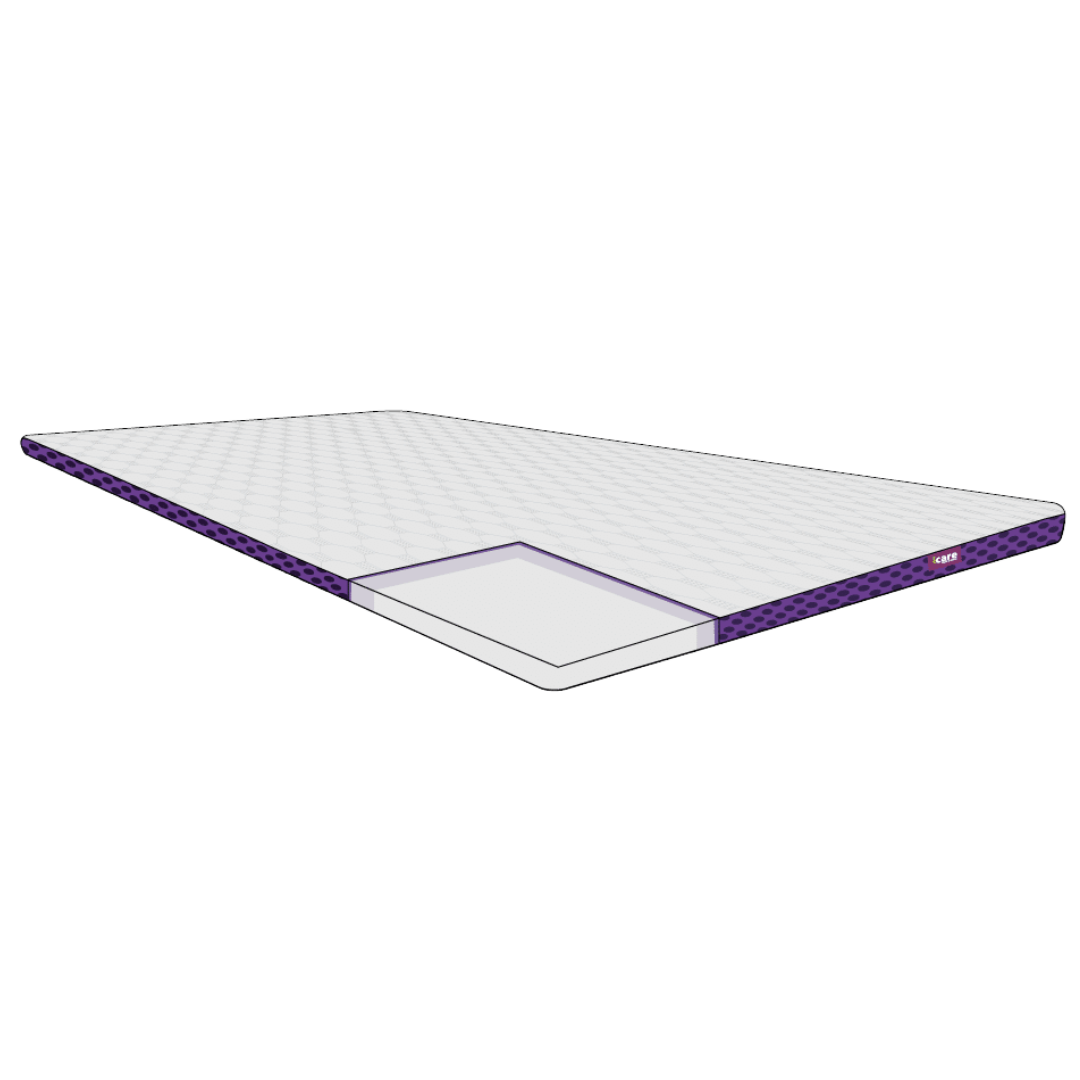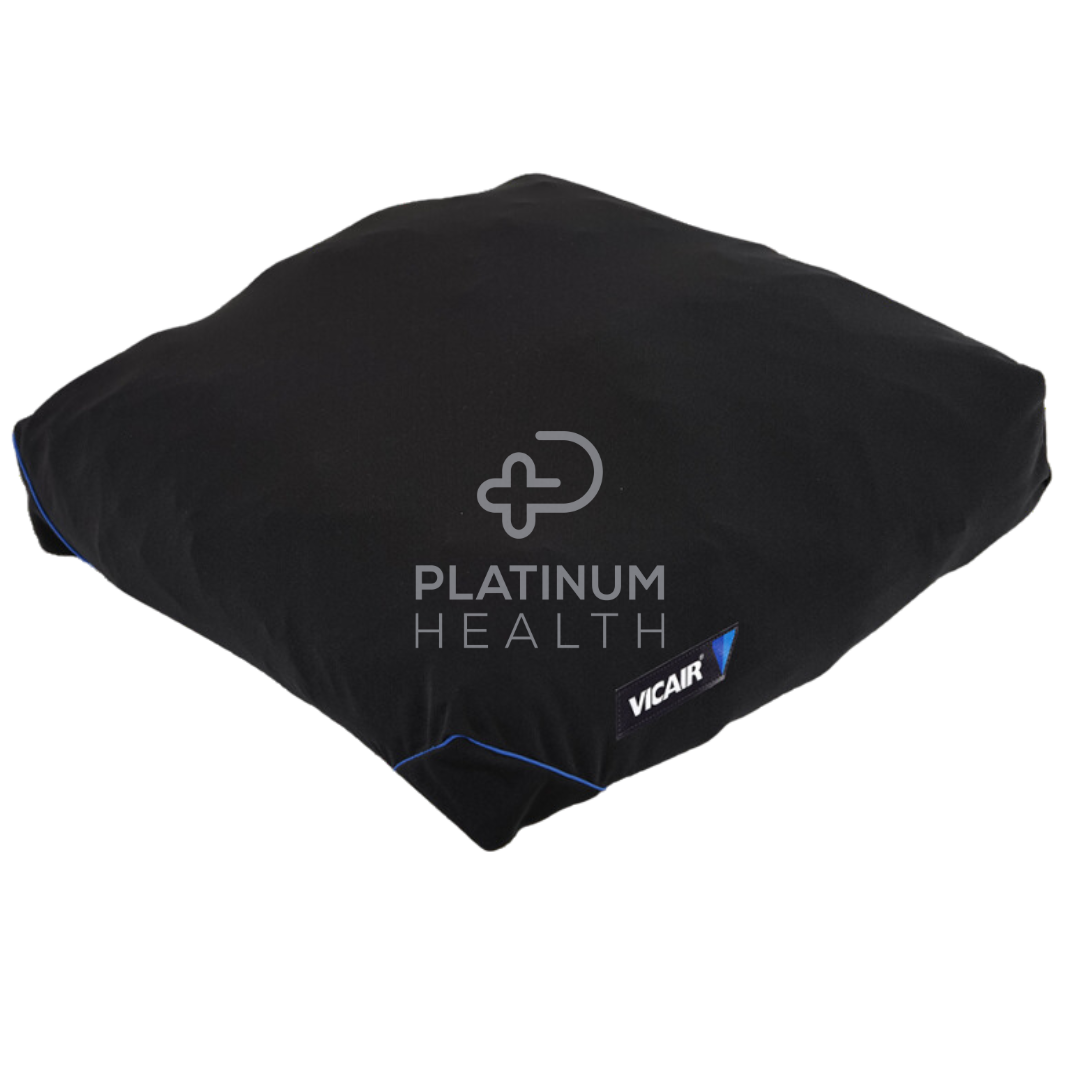Wound Care Made Simple: A Home Caregiver’s Pressure Injury Guide

Caring for someone at home is one of the most generous things you can do — butlet’s be honest, it can also be a bit overwhelming. Especially when it comes to wounds or pressure injuries that don’t seem to heal, or that look… well, a bit worrying.
If you’ve found yourself Googling “how to clean a bedsore” or standing in the pharmacy aisle wondering what dressing actually works, you’re not alone. Thousands of family members across Australia are in the same boat — stepping into a caregiver role without a medical background, but with a whole lot of heart.
This guide is here to take some of the guesswork out of wound care at home. We’ll walk you through what pressure injuries are, how to prevent them, and how to manage basic wound care with confidence (and less stress).
What Are Pressure Injuries and Why Do They Happen?
Pressure injuries — sometimes called pressure sores, bedsores, or pressure ulcers — are more than just sore spots.
They’re injuries to the skin and underlying tissue that happen when someone stays in the same position for too long without enough movement or cushioning. Over time, that pressure slows blood flow to the area, which can cause the skin to break down.
According to the Australian Commission on Safety and Quality in Health Care, pressure injuries are classified as a serious but often preventable health issue — especially common in people who are older, less mobile, or living with a chronic condition.
The Mayo Clinic explains that pressure injuries tend to form over bony areas like the tailbone, heels, elbows, hips, or back — particularly if someone spends a lot of time lying in bed or sitting in a chair.
Here’s why pressure injuries happen at home more often than you might expect:
-
Reduced mobility: When someone can’t move easily on their own — due to surgery, illness, or age — they may sit or lie in one position for hours at a time.
-
Thin or fragile skin: Older adults often have more delicate skin that breaks down quickly under pressure.
-
Poor nutrition or hydration: The skin needs nutrients to stay healthy. Without enough protein, fluids, or vitamins, it’s more prone to damage.
-
Moisture and friction: Damp skin from sweat, incontinence, or wounds can soften and weaken, making it more vulnerable to rubbing or breakdown.
The NCBI adds that pressure injuries can happen fast — sometimes in as little as 2 hours — especially if the person has multiple risk factors. That’s why early prevention is key when you’re caring for someone at home.
How to Spot a Pressure Injury Early
Pressure injuries don’t always start as open wounds — in fact, the earliest signs can be surprisingly subtle. That’s why knowing what to look for (and where to look) is one of the most powerful things you can do as a home caregiver.
According to Healthdirect Australia, the first sign of a pressure injury is often red, warm, or discoloured skin over a bony area. It might feel firmer or softer than the surrounding skin, or the person might say it’s sore or itchy. For people with darker skin tones, the area may look purple, blue, or unusually shiny rather than red.
If left unnoticed, that early irritation can turn into a blister, a break in the skin, or a deep wound that exposes muscle or bone — especially if the pressure keeps building up.
Here are some early warning signs to check for during daily care:
-
Redness or skin colour changes that don’t fade after a few minutes
-
Tenderness or warmth in one spot, even if the skin looks intact
-
Dry or flaky patches on heels, elbows, or lower back
-
Blisters, shallow ulcers, or shiny skin over pressure points
-
Changes in behaviour, such as wincing when sitting or lying down — a subtle sign they may be uncomfortable but not saying it
The Victorian Department of Health also reminds us to be alert for skin tears, which can look like scrapes or cuts and may occur alongside pressure injuries. These are especially common in older adults with thin or fragile skin and can be an early indicator that pressure and friction are becoming a problem.
Where to check:
-
Lower back and tailbone (especially if sitting or lying down often)
-
Heels and ankles
-
Hips, elbows, and shoulder blades
-
Behind the knees or ears (for those using medical devices)
A quick daily skin check — during a shower, clothing change, or repositioning — can help you catch a problem before it becomes serious.
If anything looks suspicious or seems to be getting worse, it’s always worth getting a second opinion from a GP, nurse, or wound care specialist.
How to Help Prevent Pressure Injuries at Home
The good news? Most pressure injuries can be prevented — even when you’re caring for someone with limited mobility or complex health needs.
According to the Queensland Government, prevention starts with small, daily actions that reduce pressure, keep the skin healthy, and support overall comfort.
Here’s what you can do at home to stay one step ahead:
1. Reposition Regularly
Whether your loved one is lying in bed or sitting in a chair, changing positions at least every 2 hours helps relieve pressure on vulnerable areas like the tailbone, heels, and hips. You can gently shift their position or use pillows to offload pressure from bony points.
Pro tip from Townsville University Hospital: Use a “30-degree tilt” instead of lying directly on the side to reduce stress on the hip and shoulder.
2. Use Pressure-Relieving Aids
Cushions, foam mattresses, or sheepskin overlays can do wonders for comfort and protection. These tools help distribute weight more evenly, reducing the risk of damage. Just make sure they’re the right fit for your setup — not all pressure-relieving products are created equal!
3. Keep Skin Clean and Dry
Moisture from sweat, incontinence, or wounds can break down skin fast. Gently clean and dry the skin every day — especially in areas where skin folds or where the person sits or lies for long periods. Use a mild soap and pat dry (no rubbing).
Tip: Barrier creams and gentle moisturisers can help protect delicate skin without clogging it.
4. Support Healthy Nutrition and Hydration
The skin needs protein, vitamins, and fluids to stay strong and heal well. Try to encourage regular meals and plenty of water — even small snacks and sips throughout the day can make a difference.
If appetite is low, talk to a dietitian or GP about adding nutritional supplements.
5. Encourage Gentle Movement (if safe)
If your loved one can safely move — even a little — encourage it. A short walk to the bathroom, light stretches in bed, or guided arm and leg movements can help boost circulation and reduce pressure risk.
6. Check the Skin Daily
Catch issues early with a quick skin check once or twice a day. Look for any red spots, warmth, swelling, or areas that feel firmer or softer than usual. Pay close attention to heels, elbows, hips, and the lower back.
If something doesn’t look or feel right — don’t wait. Early action can prevent a small issue from turning into a serious wound.
Prevention at home doesn’t have to be complicated. With a few simple habits and the right tools, you can create a safe, supportive environment that keeps your loved one more comfortable — and their skin in better shape.
Helpful Products to Support Pressure Injury Prevention at Home
When you're caring for someone you love, having the right tools on hand can make wound care and prevention less stressful — and a lot more effective. Here are a few trusted product types that can help you manage pressure injuries with more confidence and comfort at home:
1. Pressure-Relieving Mattress Topper
Why you’ll love it:
This high-density foam topper helps reduce pressure points while your loved one rests. It works with most standard beds and provides an extra layer of comfort and protection — ideal for those spending long hours lying down. The breathable foam adapts to body shape, helping improve circulation and skin health.
Best for:
Bed-bound individuals, post-surgical recovery, or anyone at risk of skin breakdown from prolonged bed rest.
2. Pressure-Relief Wheelchair Cushion
Why you’ll love it:
This advanced wheelchair cushion offers incredible pressure redistribution without sacrificing comfort. It adjusts to body contours and keeps the seated area cool and supported — which is key for preventing pressure injuries during extended sitting.
Best for:
Wheelchair users or anyone sitting for long periods throughout the day.
3. Heel Protectors
Product: Aspire Heel Protector (Pair)
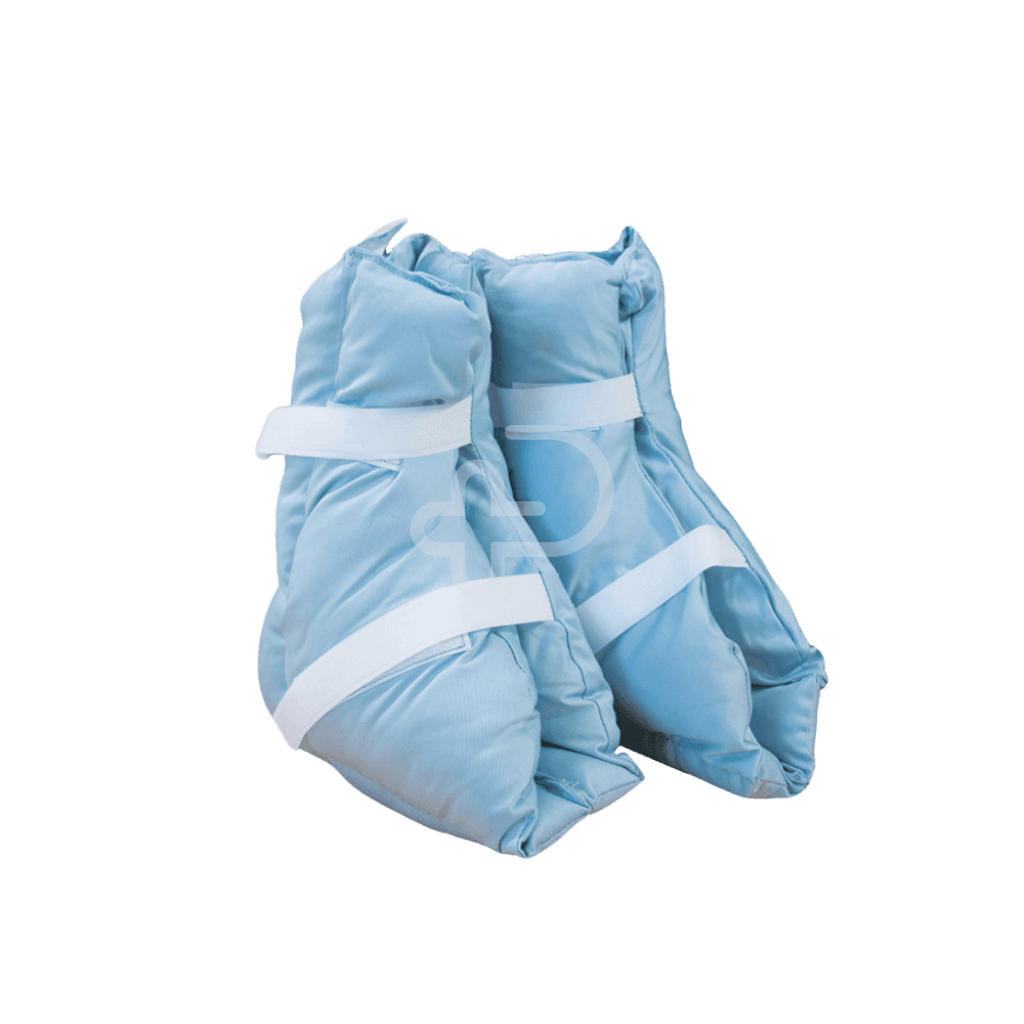
Why you’ll love it:
These soft, lightweight heel protectors help offload pressure from one of the most vulnerable areas: the heels. The open-heel design also allows for skin monitoring and breathability, reducing the risk of moisture build-up.
Best for:
Individuals with limited mobility, those using beds for extended periods, or anyone already showing signs of heel redness or tenderness.
4. Dressings
Product: Mepilex® Border Sacrum Dressing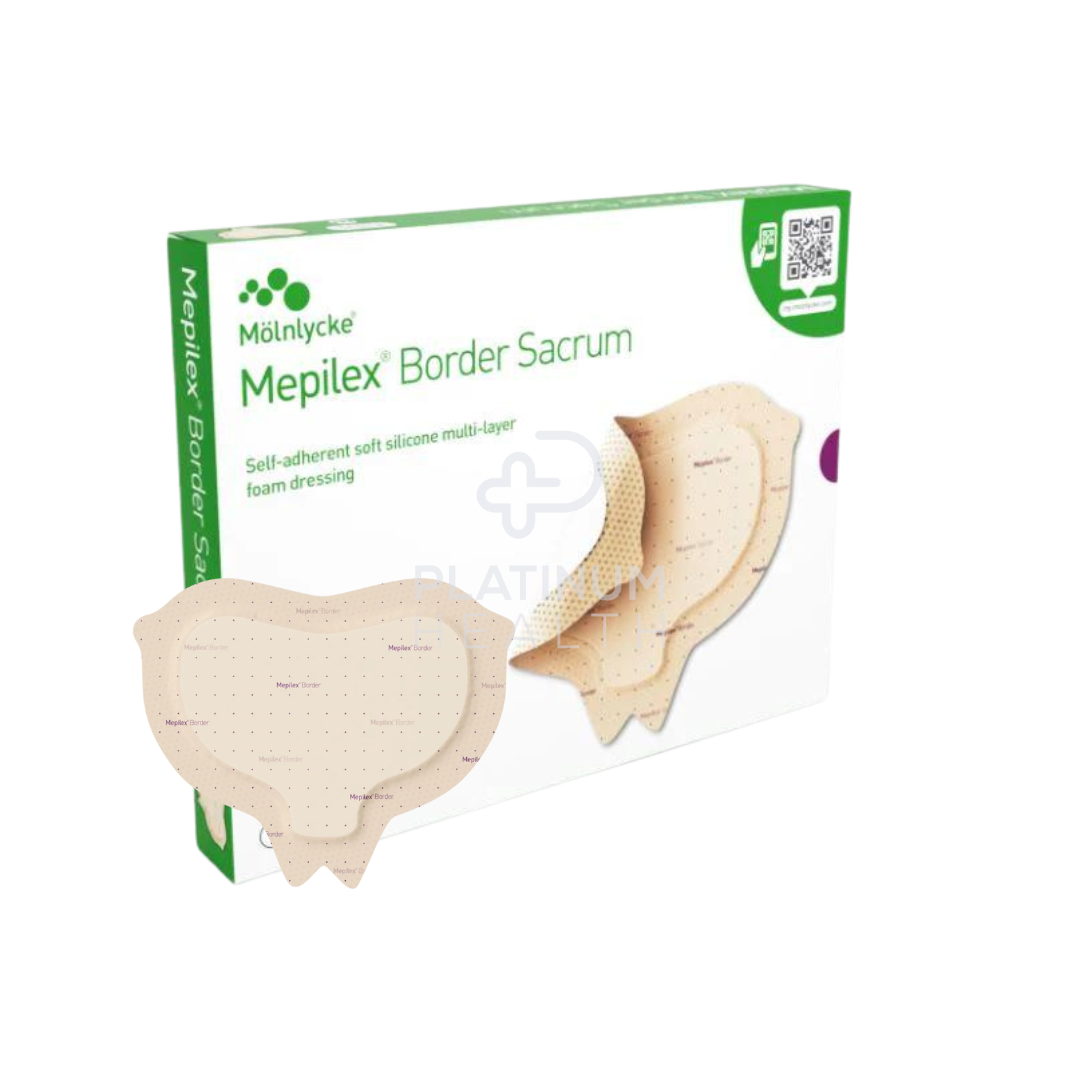
Why you’ll love it:
This cleverly contoured dressing is designed specifically for the sacral area—yes, that tricky tailbone spot. With five layers of comfort and protection, it absorbs exudate, reduces pressure ulcer risk, and gently adheres without pulling at fragile skin. The border stays put, even on bony or contoured areas, making dressing changes less stressful for carers and patients alike.
Best for:
Preventing and managing pressure injuries around the tailbone, especially in individuals with limited mobility or those who spend extended time in bed or seated.
5. Barrier Films
Product: 3M Cavilon No Sting Barrier Film Spray
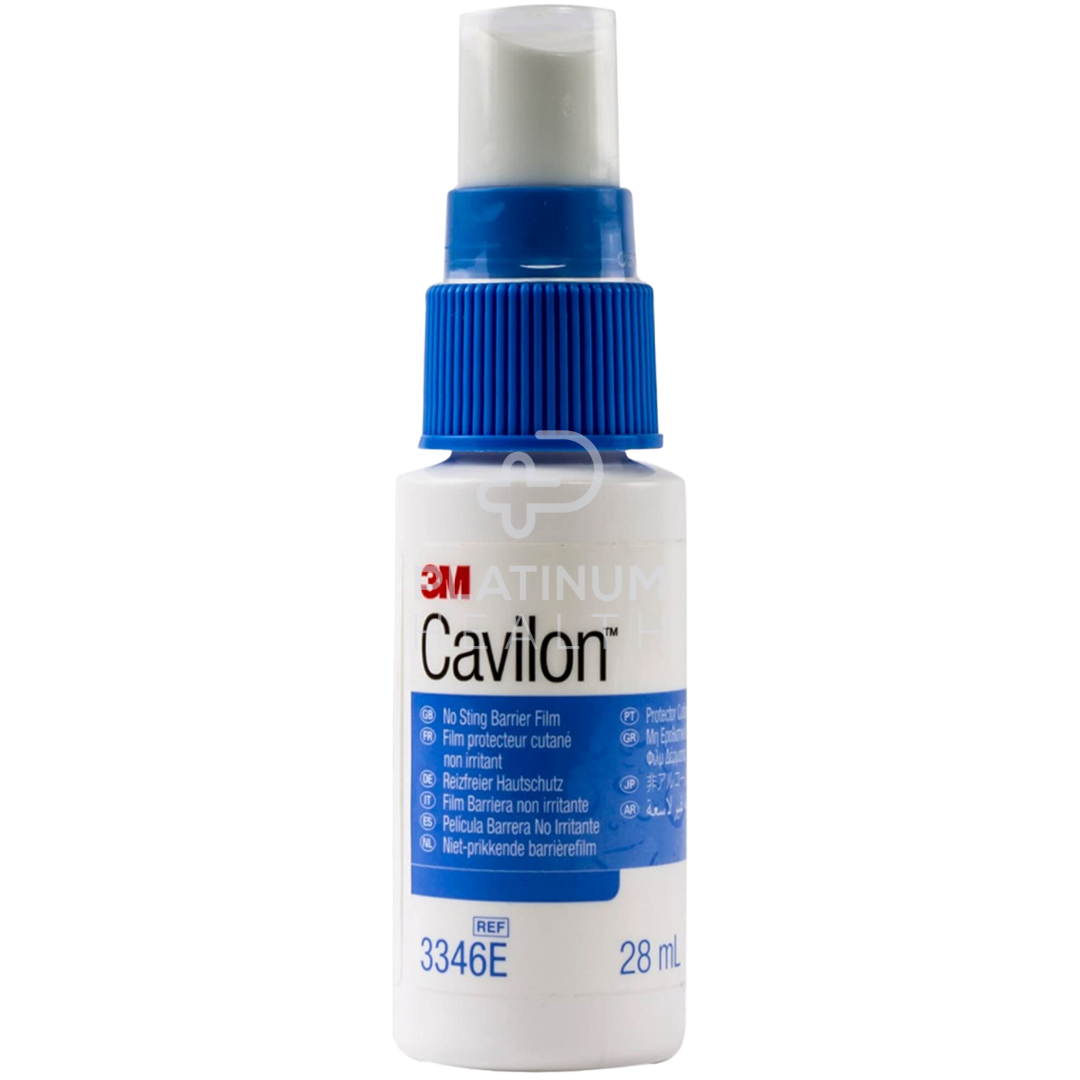
Why you’ll love it:
Protects delicate skin without the wince. This no-sting barrier film creates a breathable shield that guards against moisture, friction, and adhesives—common culprits behind skin breakdown. It dries quickly and forms an invisible, protective layer that helps reduce the risk of further skin trauma.
Best for:
Protecting fragile skin from moisture-associated damage (like incontinence or wound exudate), and as a prep layer before applying dressings or adhesive tapes.
Prefer to Talk in Person? Visit Our Epping Store
Sometimes, the best way to feel confident about a product is to see it up close, ask a few questions, and chat with someone who gets what you’re dealing with.
At our store in Epping, Victoria, we’ve created a space where caregivers and families can get hands-on with pressure injury prevention tools, ask for product recommendations, and find the right fit without the overwhelm.
Whether you’re managing wound care at home, supporting a loved one with limited mobility, or just want a little extra reassurance — we’re here to help.
📍 Address:
Unit 2/51 Trafalgar Road, Epping VIC 3076
🕘 Opening Hours:
Monday to Friday: 9:00 AM – 5:00 PM
📞 Prefer to call first? Reach us at customercare@phsgroup.com.au
Come say hello, explore our pressure care solutions, and let us support you in making care at home a little less stressful.
Important Disclaimer
This guide is here to help you feel more confident at home — but it’s not a substitute for medical advice.
If you’re ever unsure whether a sore spot is a pressure injury, a skin infection, or something else entirely, don’t guess. It’s always safest to check in with a GP, nurse, or home care provider. They can assess the wound properly and guide you on what treatment or products are most appropriate.
When it comes to wounds, earlier is better — and asking for help doesn’t make you less capable. It just means you’re doing everything you can to care well.
You can also access help and advice through trusted Australian services:
-
Healthdirect Australia – Call 1800 022 222 for 24/7 health advice from registered nurses
-
My Aged Care – For aged care assessments, care plans, and access to home support services
-
National Disability Insurance Scheme (NDIS) – For eligible participants needing continence aids, pressure-relieving products, or wound care support
Take the Next Step in Preventing Pressure Injuries
Caring for someone at home isn’t always easy, especially when wounds or pressure injuries enter the picture. But with the right knowledge, a few smart tools, and a bit of support, it becomes much more manageable.
Remember — prevention is powerful, and early action can make all the difference. Whether you’re just starting to notice a red spot, need help choosing the right cushion or dressing, or simply want to feel more confident in your daily care routine, you’re not alone.
Explore our full range of pressure relief and wound care products online — with reliable shipping Australia-wide.
Because when it comes to home care, the little things make a big difference. Let’s make it easier, together.
